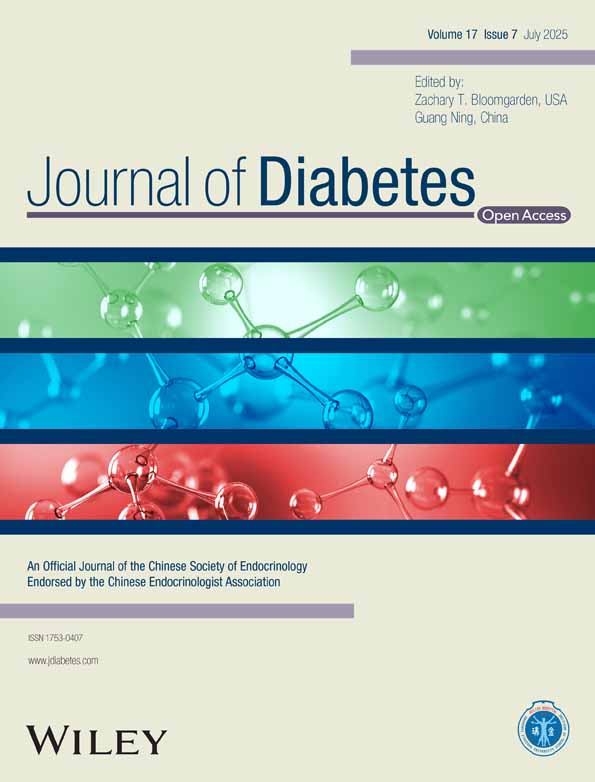Commentary on “Association of Serum Total Bilirubin to Cholesterol Ratio With Progression of Chronic Kidney Disease in Patients With Type 2 Diabetes: A Retrospective Cohort Study”
Funding: The author received no specific funding for this work.
Summary
- Chen et al. have highlighted the potential of the TBIL/TC ratio as a biomarker for CKD progression in type 2 diabetes.
-
Future studies should aim to:
- ○
Validate these findings in ambulatory cohorts using KDIGO-endorsed sustained eGFR decline criteria.
- ○
Integrate time-varying adjustments for nephroprotective medications and account for genetic and environmental confounders.
- ○
Report absolute risks and conduct decision-curve analyses to better evaluate the clinical utility of the TBIL/TC ratio.
- ○
- Outcome Definition and Potential Misclassification
- Inadequate Adjustment for Nephroprotective Medications
- Threshold Effect and Clinical Utility
- Generalizability and Selection Bias
- Unaddressed Residual Confounding
Several key factors influencing bilirubin levels and lipid metabolism were not measured or adjusted for in the study. Notably, hemoglobin, which affects bilirubin metabolism [5], was not included in the analysis. Furthermore, longitudinal changes in body mass index (BMI), blood pressure, or albuminuria during follow-up were also not accounted for. These unmeasured confounders may influence the observed association between the TBIL/TC ratio and CKD progression.
Conclusion
Chen et al. have highlighted the potential of the TBIL/TC ratio as a biomarker for CKD progression in type 2 diabetes. However, the issues of outcome misclassification, medication confounding, and oversimplified threshold analyses necessitate cautious interpretation of their findings. Future studies should aim to: (1) Validate these findings in ambulatory cohorts using KDIGO-endorsed sustained eGFR decline criteria; (2) Integrate time-varying adjustments for nephroprotective medications and account for genetic and environmental confounders; (3) Report absolute risks and conduct decision-curve analyses to better evaluate the clinical utility of the TBIL/TC ratio. Addressing these limitations will help clarify whether the TBIL/TC ratio offers incremental value beyond established renal risk markers.
Author Contributions
Tinghua Zhang: wrote, reviewed, and edited the manuscript. Additionally, he conceptualized the study concept and design.
Acknowledgments
The author has reviewed and edited the content as needed and takes full responsibility for the content of the publication. In the process of preparing this work, the author used DeepSeek-R1.
Conflicts of Interest
The author declares no conflicts of interest.




